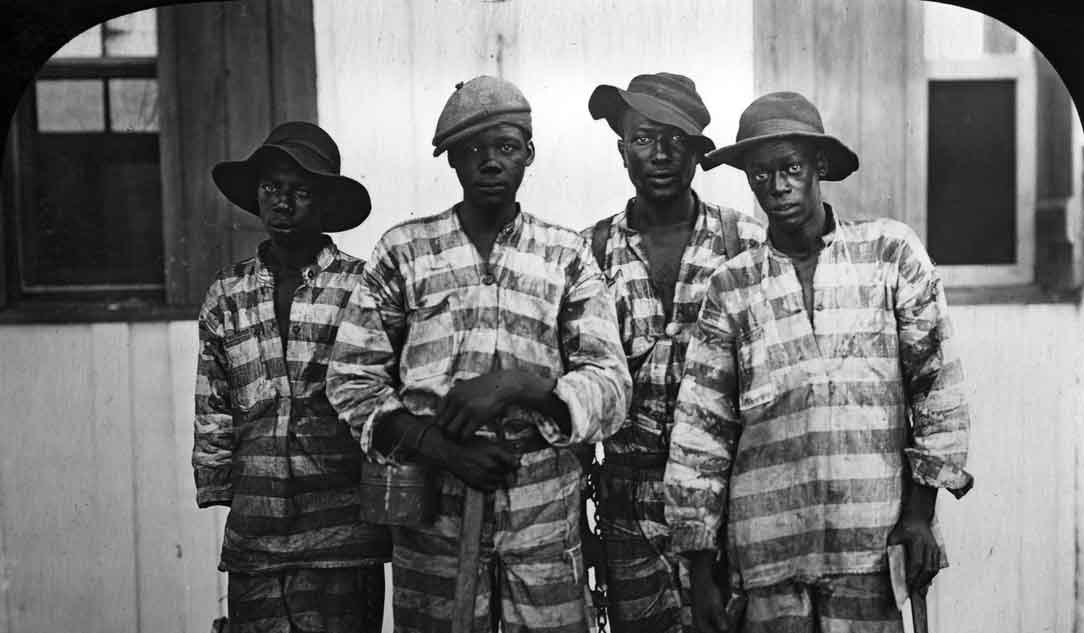By Kodie Cherrille (The Cascade) – Email
Print Edition: January 28, 2015

Approximately 30 people filled B121 on Thursday, January 22, to watch the documentary Slavery By Another Name as part of the ongoing Slavery, Race, and Civil Rights in the Americas film series. The series, which started with 12 Years a Slave in November, is put on by UFV history professors Ian Rocksborough-Smith and Geoffrey Spurling. This year marks the 50th anniversary of landmark civil rights legislation being passed in the US.
Before the movie began, Rocksborough-Smith and Spurling remarked that, although slavery had been abolished in the US in 1863, there was a high degree of “unfreedom” that kept African-Americans from being truly liberated until well past World War II. Slavery By Another Name — a PBS documentary based on the 2009 Pulitzer Prize-winning book with the same name — shows the ever-changing form of repression that continued to keep African-Americans subordinated in white America well after the Emancipation Proclamation, when slavery was officially “abolished.”
The aristocracy of the Deep South — one of the wealthiest in the world before the American Civil War — would not easily let go of the resource of forced human labour with which they built their wealth. After 1874, new laws in the southern states made it very easy to arrest African-Americans on a whim. So while the country in theory “abolished slavery,” in reality it remained epidemic. Once arrested, convicts could be leased to mines and cotton fields for as little as $9 a month. Given the persecution and forced labour, convict leasing was precisely the kind of unfreedom African-Americans experienced as slaves. Repression remained unchecked until the Second World War, when President Roosevelt was pushed to find ways to unify the nation.
Parallels to contemporary forms of repression were drawn in the discussion following the documentary. The racialized population in the prison system; wage disparity; the position of Aboriginal Peoples in Canada; the temporary foreign worker system: unfreedom, in its many forms, is still perverse in our society. Though Rocksborough-Smith expected the discussion to include links to our time and place, he was surprised at how close to home the issue of unfreedom is.
“The connections people made to migrant labour issues was really interesting,” he noted. “I wasn’t expecting that. Clearly there’s a currency for this kind of subject matter with local issues, like farm labour in the Fraser Valley. I found that really interesting.”
The Slavery, Race, and Civil Rights in the Americas film series continues this semester, with Brazil in Black and White screening February 26, and The Black Power Mixtape on March 19; both screenings will start at 3 p.m. in B121.

